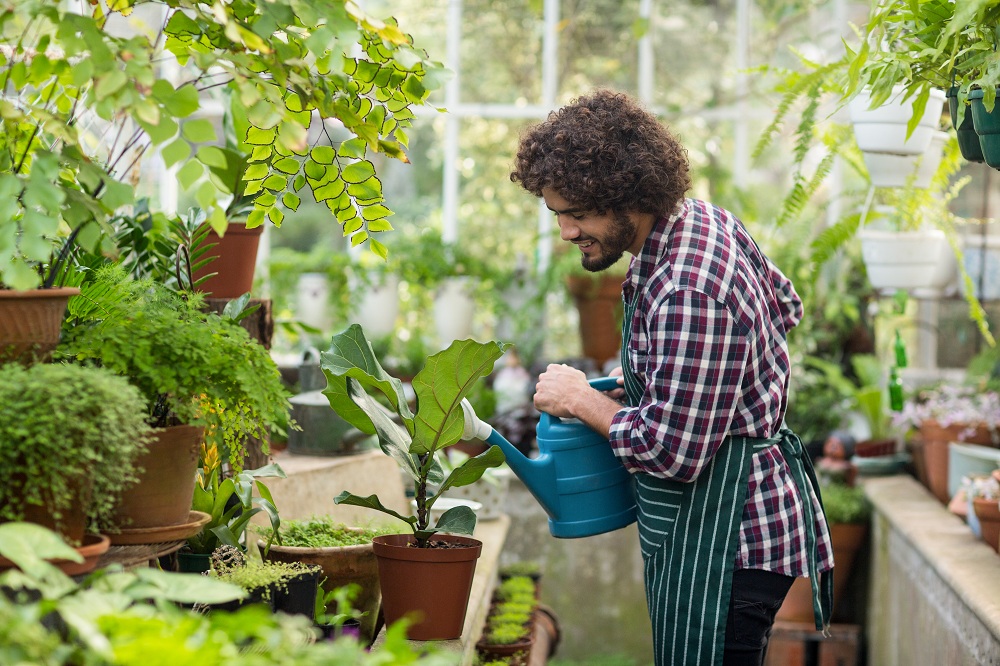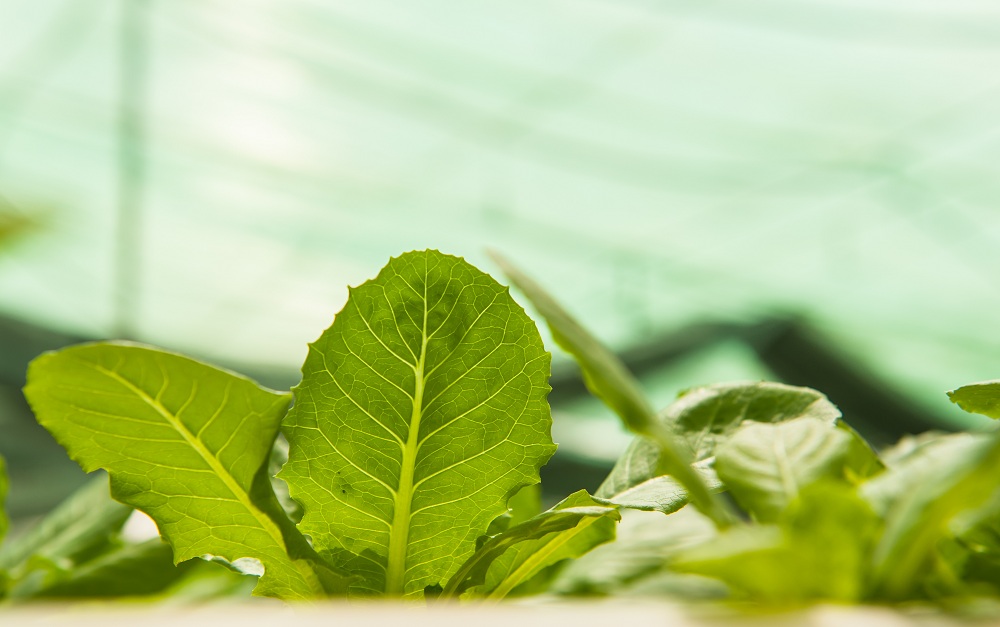Greenhouses provide a nurturing environment for plants and crops that require special conditions of temperature to grow. While the balance of moisture, heat, and air creates a protective environment for plants, the same conditions also allow pests to live and thrive.
As plants grow healthier in a sanitary environment, regularly cleaning a greenhouse is an important responsibility for residential greenhouses owners. The following sanitary measures will keep greenhouses free from unwanted pests and diseases.
Weeds
Weeds enter a greenhouse as plants or seeds transported through wind, clothing, or infested tool and equipment. Weeds provide a food source for pests and insects. Weeds also compete with plants for nutrients, sunlight, water, and space so it is important to get rid of them at first sight.
Aside from growing in pots and trays, weeds can also root themselves on the floor, wall cracks, and drainage areas. Remove weeds by pulling them by hand or cutting them out if they are deeply rooted. Weeds are a persistent problem in greenhouse environments so one must routinely scout for and remove weeds to prevent them from proliferating.
Plants
Inspect plants and crops if they are infested with insects, diseases or mites. If plant or pest problems are detected early and treated properly, plants may respond and recover. However, in cases where recovery is unlikely, the infested plant must be removed from the growing area immediately to prevent spreading the disease or the pests to other plants.
Growing Accessories
Growing accessories such as pots and trays must be cleaned and disinfected thoroughly before being used for replanting. Cutting and digging tools that may make contact from plant to plant must also be disinfected. Washing and disinfecting must be done away from the growing area to avoid contaminating the plants.
Soil
Old soil can contain many disease-carrying pathogens and should be removed to compost. Replace old soil with clean, pathogen-free soil before planting a new crop.
Irrigation
Algae can form inside irrigation lines and water tanks, hosting gnats that threaten the growth of small roots. Irrigation lines, holding tanks or fertilizer reservoir must be disinfected during regular clean up.
Before watering plants, expel water from water hoses directly into the drainage area to remove sediments as well as insects that may have settled inside the hose.

Floor, Walls and Ceilings
When cleaning a greenhouse, the rule of thumb is to start from the top down to the bottom. Start cleaning the ceilings using a broom if it’s low enough. If the ceiling is too high, using a pressure washer will do the job. However, make sure that the engine is located outside of the greenhouse to avoid carbon monoxide from settling in. Once done with the ceilings, clean and scrub the walls, paying attention to cracks and crevices where insects can hide. Lastly, sweep or use a leaf blower to clean floors. After the interior of the greenhouse is cleaned, disinfect the surfaces using bleach or a peroxide solution.
Whatever material a greenhouse is made from, it is important to conduct periodic cleaning and maintenance. This will help ensure that the greenhouse remains a nurturing and protective environment for growing healthy crops.

